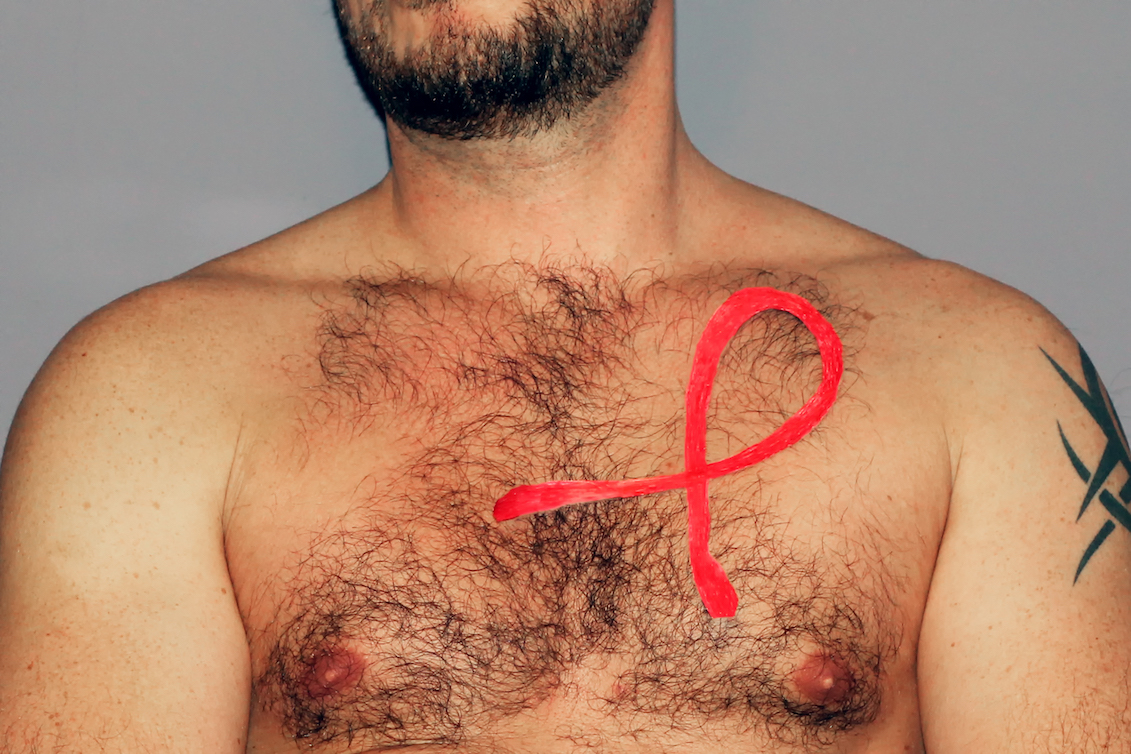
In the 2010s, the HIV epidemic most affected Black, Hispanic and Latino men
Data has revealed that the virus most affected Black, Hispanic, and Latino gay and bisexual men in the past decade.
The CDC has reported that the U.S.’s ongoing HIV epidemic was most severe among Black, Hispanic, and Latino gay and bisexual men in the 2010s.
New HIV infections among white gay and bisexual men saw a decline during the same period between 2010 and 2019. Infections dropped by about 2400 cases.
In the 2010s, HIV infections remained somewhat steady among Black gay and bisexual men. The rate of infections rose in Hispanic and Latino gay and bisexual men by about 1100 cases.
The data reveals these rising numbers came despite significant advancements in HIV prevention, namely preexposure prophylaxis (PrEP) treatments.
The CDC believes recorded data suggests that “unequal reach of HIV prevention and treatment and higher levels of stigma fuel these troubling trends.”
At the end of the 2010s, the percentage of gay and bisexual men with HIV (who tested positive in 2019) was higher in White individuals than it was in Black patients.
However, PrEP treatment was far less utilized among HIV-negative Black, Hispanic and Latino men than white individuals.
RELATED CONTENT
Moving forward, the CDC and other groups are hoping the FDA-approval of PrEP injection Apretude will offer progress.
The PrEP injection is an FDA-approved preventive treatment taken pre-exposure. The injection is given every two months, and has some qualities unique from daily pill treatments.
Patients using Apretude will begin treatment with two initial injections, administered one month apart, before transitioning to the bimonthly schedule.
In 2019 — after the data shown here was collected — the U.S. Department of Health and Human Services launched the Ending the HIV Epidemic in the U.S. (EHE) initiative.
The EHE initiative is aiming to reduce the rate of HIV infections by 90% by 2030.
For this to occur, 95% of people with HIV must be diagnosed, and 95% of identified infections must achieve viral suppression.











LEAVE A COMMENT:
Join the discussion! Leave a comment.